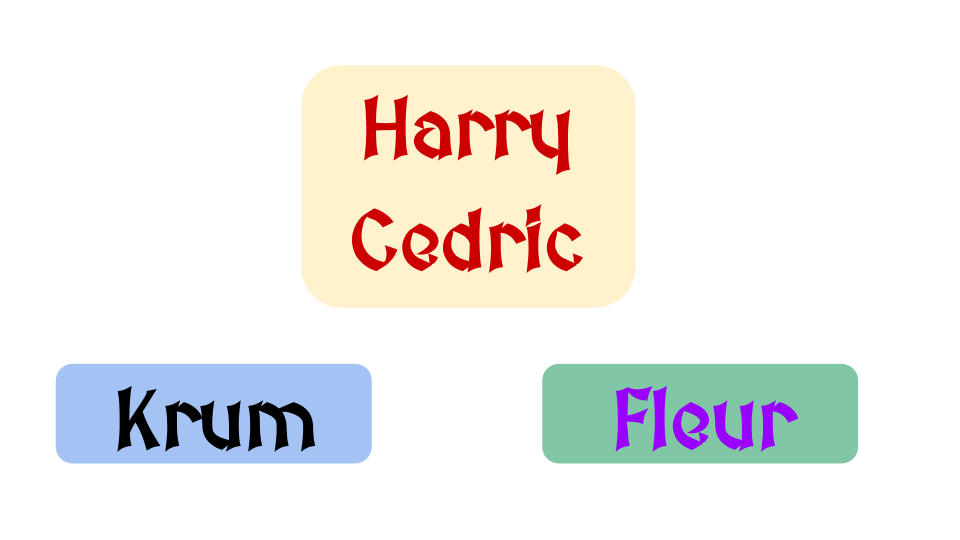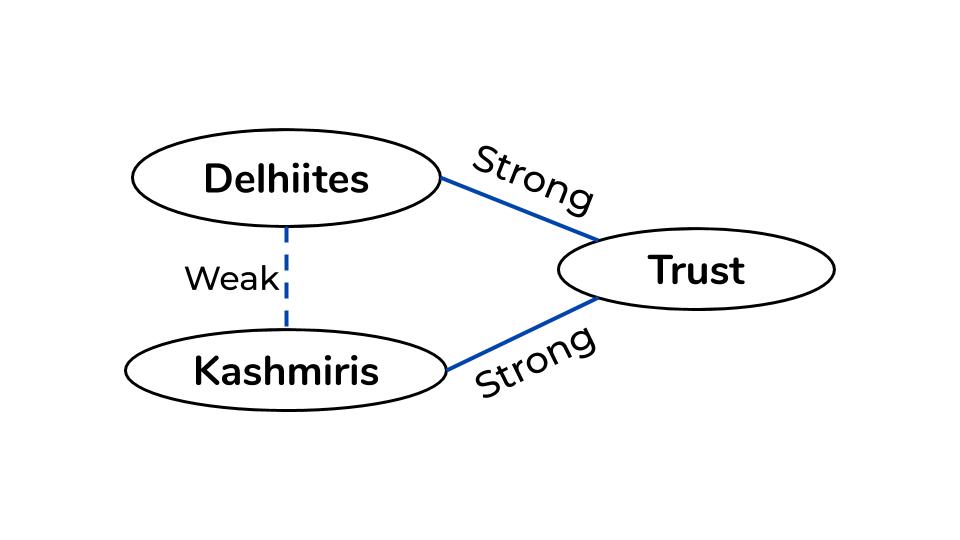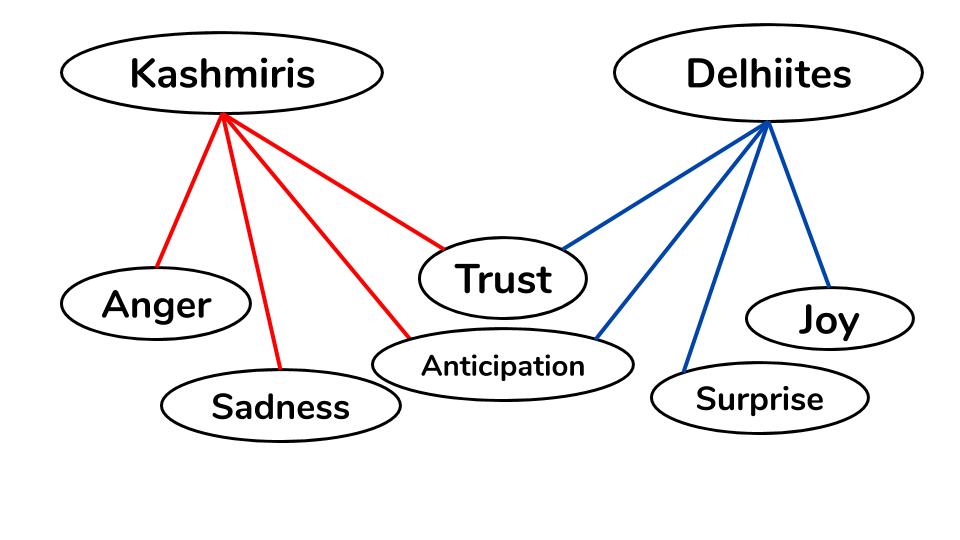Every child understands what games are. When someone overreacts, we sometimes say “it’s just a game.” Games are often not serious… unless it involves your favorite character in Harry Potter. Today, we’ll see an example of game theory in the infamous series of Harry Potter.
Spoilers ahead!
In Harry Potter and the Goblet of Fire, we see much cooperation between Harry and the other players during the Triwizard Tournament. One specific example of this is the exchange of information between Harry and Cedric. Thanks to Hagrid, the Hogwarts gamekeeper, Harry learns that the first task will involve facing a dragon. Hagrid brings the Beauxbatons headmistress into the forest to see the dragons, and Harry runs into the Durmstrang headmaster as he is sneaking back to the castle. This leads Harry to assume that both Fleur and Krum, the other competitors in the tournament, will know about the task ahead of time. Then, Cedric, it is assumed, is the only competitor who doesn’t know what is coming.
In this “game,” the players are Harry and Cedric. We will exclude all other characters and champions for simplicity sake. Harry could have kept the information of the first task to himself, which would have given him a huge advantage over Cedric. However, Harry’s payoff in this situation is not the prize money for winning the tournament which he wasn’t interested in participating in. Rather, his decision to inform Cedric is motivated by his sense of fairness and tendency to do what he thinks is right regardless of the rules. His decision is a form of cooperation. While Harry likely was not thinking about the situation explicitly in terms of “If I help Cedric now, he’ll feel obligated to help me later,” Harry tends to make decisions based on what he perceives to be fair – this leads to him making the decision to inform Cedric. Harry is fueled by a sense of good, and throughout the series defines his personal payoff as the fulfillment of what is right, not what is profitable. If we then evaluate his decision through a lens of decency rather than profitability, it makes sense that telling Cedric has the greater personal payoff for Harry. Although Harry’s outcomes cannot be quantified easily, his desire to do the right thing is still a very real motivation.
The fact that Cedric is the other Hogwarts champion could also have played a role in this decision. Because he did not even want to enter, Harry does not care much about winning. It only makes sense that he would be rooting for the other Hogwarts champion to win if he doesn’t. Additionally, the fact that they are both from Hogwarts and have generally been on good terms in the past could have increased the trust between them, which is essential for cooperation to take place. Furthermore, Harry’s decision to tell Cedric creates an alliance between them which we see play out well for both Harry and Cedric in the second task of the tournament.

Cedric is the first to learn how to decipher the clue of the second task. He explicitly states that he gives Harry a hint because he feels obligated to return the favor from the previous task, so it is clear that in this case, Harry’s previous cooperation paid off greatly for him. The payoff for Cedric is the sense of doing what is right, and thus his actions are fueled by the payoff of moral satisfaction.
This is also an example of single Nash equilibrium; it seems natural to predict that Harry would want to help Cedric, given they are both from the same school and are on good terms. Similarly, because Harry told Cedric about the first task, Cedric would want to repay Harry by telling him how to decipher the clue of the second task as well.
Game theory is widely applied in many different fields to get the best outcome for a problem. However, it is fascinating to see examples of it in a world of the fantastic. By viewing these characters’ actions through a game theory lens, we can more reasonably understand their motivations, furthering the reader’s empathy for Rowling’s creation.
Sources: https://blogs.cornell.edu/info2040/2017/09/14/harry-potter-and-the-application-of-game-theory/ https://www.maa.org/sites/default/files/pdf/ebooks/GTE_sample.pdf https://sophia.stkate.edu/cgi/viewcontent.cgi?referer=&httpsredir=1&article=1078&context=undergraduate_research_symposium


